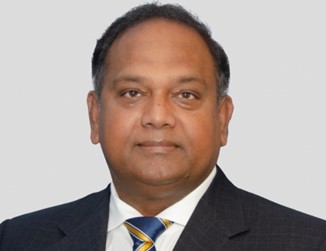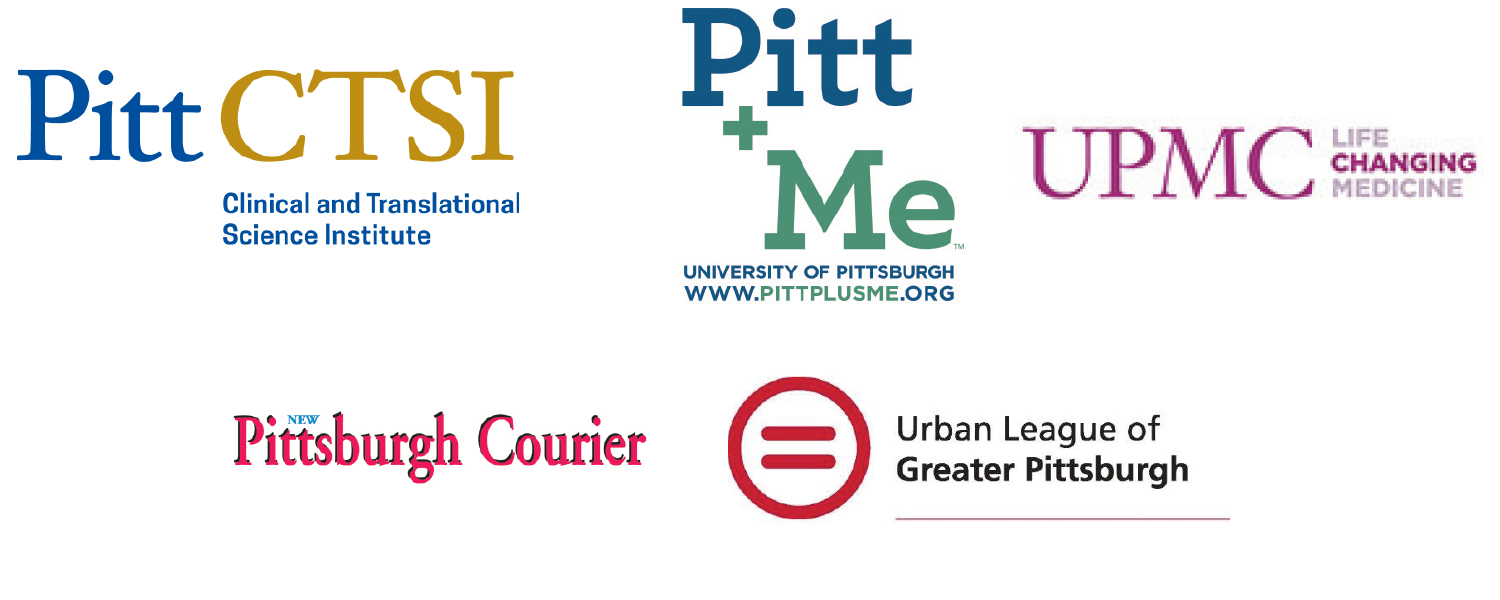Are you or someone you love living with diabetes? If so, Dr. Chandan K. Sen, UPMC Chief Scientific Officer, Wound Healing Services, and Director of the McGowan Institute for Regenerative Medicine, has an important message for you:
Check the skin on your feet every day. Look for anything that’s not normal, like numbness, redness, swelling and wetness/discharge.
“If you find even a small wound, like a slight skin bump or a tiny tear that has a little moisture coming out, please see a wound specialist soon,” he says. “If the wound has been there a month or longer, please don’t wait.”

DR. CHANDAN K. SEN
Dr. Sen is committed to raising awareness about diabetic foot health — especially for African Americans who are four times more likely than white people to need lower limb amputation. He believes healthcare providers must work to change this inequity, including engaging and educating people at risk on a community level and providing travel and other incentives, so they can be treated quickly by designated wound care providers.
The amputation inequity is wrapped up in racism and limited access to resources. It’s made worse by healthcare distrust. It’s further complicated by an idea we learn as children: Small wounds will heal on their own. “During our lifespan from childhood to young adulthood, we learn from our parents and caregivers that bumps and bruises will be fine with some first-aid at home,” Dr. Sen explains. “There’s no need to visit a doctor for such small things.”
That’s not true for diabetics, especially for middle-age and elderly people.
“For people who suffer from diabetes, small foot wounds can turn into deep, infected ulcers that enter the bones and the bloodstream,” Dr. Sen says. “When that happens, the only way to save a person’s life is to amputate the infected area.”
According to amputee-coalition.org’s 2024 report, more than 5.6 million people in the U.S. have had amputations. About 85% of non-traumatic lower limb amputations started as diabetic ulcers.
That’s because diabetes affects other areas of the body, including the nervous system. “As a diabetic, you may lose some of the feeling in your extremities, including your feet,” he says. “You may bump and tear the skin on your foot, but you don’t think anything about it because it didn’t hurt.”
The tiny tear from the bump won’t go away on its own. Instead, it must be treated medically to help it heal and prevent infection. “The sooner the wound is treated, the better your chances of a good outcome. That means less chance you’ll need an amputation,” Dr. Sen adds.
Amputation has a huge impact on patients and their families and not just financially. It’s traumatic for everyone. The patient suffers physical and emotional pain. Depression is common. Family members and care givers at home also experience trauma. “It can be especially hard for children to see a parent or elder come home without a foot,” says Dr. Sen.
The Pittsburgh region is home to wound healing service locations diabetics can turn to for help. Many of them are in city neighborhoods. UPMC alone has over 20. Most payors don’t require a PCP referral and the centers accept many types of insurance, including Medicaid.
It’s important to keep in mind that primary care providers are not necessarily wound specialists. They may not have the expertise to treat diabetic foot ulcers. “If you’re more comfortable seeing a PCP at a clinic about a foot problem, please do,” says Dr. Sen. “It is very important to see a physician as quickly as possible, but also ask to be seen by a wound specialist.”
If the wound has been around for a month or longer, Dr. Sen recommends exercising urgency in finding your way to a designated wound care provider. “Make an appointment at a wound healing center ASAP,” he says. “You deserve the best care from a team of interdisciplinary specialists. Please don’t be one of the hundreds of people every day who must have an amputation.”
NOTE: UPMC wound services can be reached by calling 1.844.639.4712.
